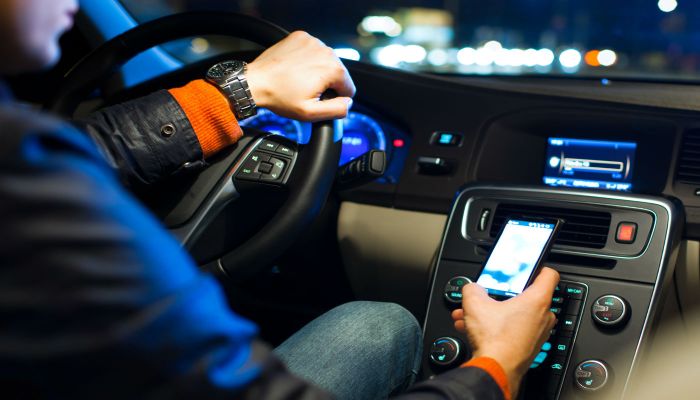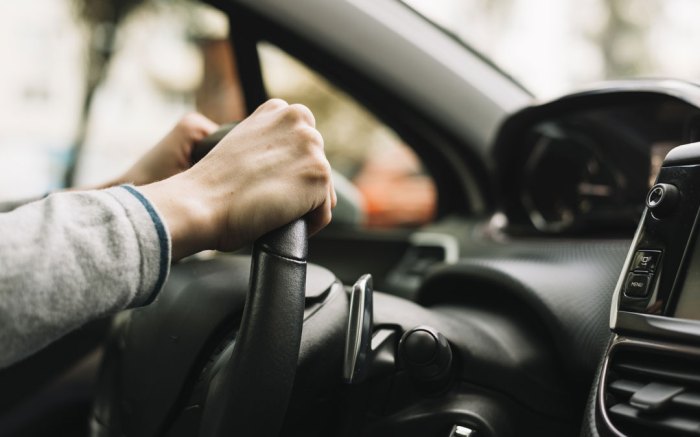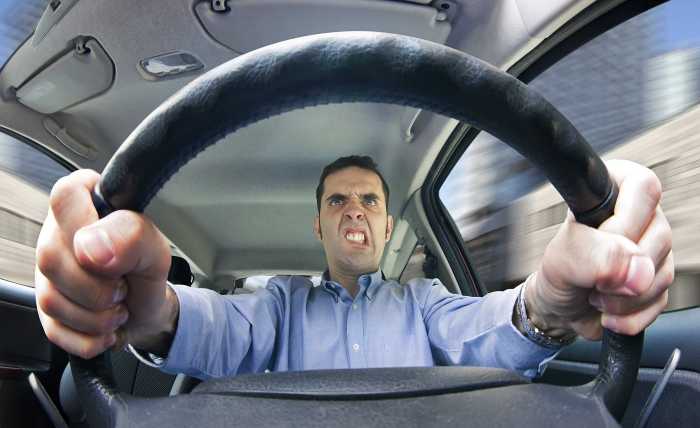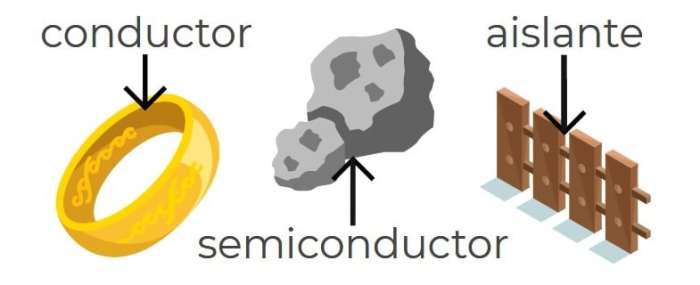Los conductores son lentos conducen is a topic that has gained significant attention in recent times. This article delves into the intricacies of slow driving, exploring its causes, impacts, and potential solutions. By examining data, sharing insights, and presenting expert opinions, we aim to shed light on this prevalent issue and contribute to a safer and more efficient driving environment.
Slow driving can be attributed to various factors, including cautiousness, inexperience, and traffic congestion. Understanding these causes is crucial for developing effective interventions. Furthermore, the impact of slow driving on traffic flow and road safety cannot be overlooked, as it can lead to frustration, increased travel times, and potential accidents.
Driving Habits: Los Conductores Son Lentos Conducen

Driving habits vary significantly across different regions and countries. In some areas, drivers are perceived as slow, while in others, they may be known for their aggressive driving. Understanding the factors that influence driving habits is crucial for improving road safety and traffic flow.
One of the key factors that affect driving speed is cautiousness. Drivers who are new to a particular area or who are unfamiliar with the road conditions may drive more slowly to ensure their safety. Similarly, drivers who are carrying valuable cargo or passengers may also choose to drive more cautiously to minimize the risk of accidents.
Average Driving Speeds
The average driving speed in areas where drivers are perceived as slow is typically lower than the posted speed limit. For example, in the United States, the average driving speed on rural roads is around 55 mph (89 km/h), while on urban roads, it is around 35 mph (56 km/h).
Traffic Patterns
Traffic patterns can also influence driving speeds. In areas with high traffic congestion, drivers are often forced to slow down due to the increased number of vehicles on the road. This can lead to frustration and delays, especially during peak traffic hours.
Impact on Traffic Flow and Road Safety
Slow driving can have a significant impact on traffic flow and road safety. When drivers travel at significantly lower speeds than the posted speed limit, it can create a bottleneck effect, causing traffic to slow down behind them. This can lead to delays and increased travel times for other drivers.
In addition, slow driving can also be a safety hazard. When drivers travel at speeds that are too low for the road conditions, they may become a hazard to other vehicles, especially in areas where the speed limit is higher.
This can increase the risk of rear-end collisions and other types of accidents.
Traffic Calming Measures

Traffic calming measures are physical or operational changes made to roads to reduce vehicle speeds and improve safety for pedestrians, cyclists, and other road users. These measures can range from simple and inexpensive changes, such as painting speed bumps or installing pedestrian crossings, to more complex and expensive measures, such as building roundabouts or implementing speed cameras.Traffic
calming measures have been shown to be effective in reducing driving speeds. A study by the Insurance Institute for Highway Safety found that speed bumps reduced average speeds by 10 mph, while roundabouts reduced speeds by 5 mph. Another study by the National Highway Traffic Safety Administration found that pedestrian crossings reduced the number of pedestrian fatalities by 25%.In
addition to reducing speeds, traffic calming measures can also improve road safety by making it easier for pedestrians and cyclists to cross the street and by reducing the number of conflict points between vehicles. This can lead to a reduction in the number of crashes, injuries, and fatalities.
Examples of Traffic Calming Measures
There are a variety of traffic calming measures that can be implemented, each with its own advantages and disadvantages. Some of the most common measures include:
- Speed bumps: Speed bumps are raised sections of pavement that force drivers to slow down. They are typically used on residential streets and in school zones.
- Roundabouts: Roundabouts are circular intersections that force drivers to slow down and yield to traffic entering the roundabout. They are often used at busy intersections.
- Pedestrian crossings: Pedestrian crossings are marked crosswalks that give pedestrians the right of way. They can be used to slow down traffic and make it easier for pedestrians to cross the street.
- Speed cameras: Speed cameras are devices that take pictures of vehicles that are speeding. They can be used to deter speeding and to issue citations to drivers who violate the speed limit.
The effectiveness of traffic calming measures depends on a number of factors, including the type of measure, the location of the measure, and the volume of traffic. However, research has shown that traffic calming measures can be effective in reducing driving speeds, improving road safety, and making streets more livable for pedestrians and cyclists.
Driver Education and Awareness

Driver education programs play a pivotal role in promoting safe and responsible driving practices by equipping novice drivers with the knowledge, skills, and attitudes necessary for safe driving. These programs cover a wide range of topics, including traffic laws and regulations, defensive driving techniques, vehicle maintenance, and the effects of alcohol and drugs on driving.
Driver education programs can specifically address the issue of slow driving by emphasizing the importance of maintaining appropriate speeds. They can teach drivers how to assess road conditions, anticipate potential hazards, and adjust their speed accordingly. By understanding the consequences of slow driving, such as increased congestion, frustration, and the potential for accidents, drivers can be motivated to maintain safe speeds.
Public Awareness Campaigns
Public awareness campaigns are another important aspect of driver education and awareness. These campaigns can be conducted through various channels, such as television, radio, print media, and social media, to reach a wide audience. They aim to educate drivers about the dangers of slow driving and the benefits of driving at safe speeds.
By raising awareness, these campaigns can help change driver attitudes and behaviors, ultimately leading to safer roads.
Law Enforcement and Penalties

Enforcing speed limits and imposing penalties for non-compliance play a crucial role in deterring slow driving. Law enforcement agencies utilize various measures to ensure adherence to speed regulations.
Speed limit enforcement is a primary tool employed by law enforcement. Officers monitor traffic flow using radar guns, laser devices, and other technologies to detect vehicles traveling below the posted speed limit. Violators are issued citations or tickets, which may carry fines, points on their driving record, or even license suspensions.
Traffic Citations
Traffic citations serve as a form of penalty for slow driving. These citations document the violation and may result in fines, court appearances, and insurance premium increases. The severity of the penalties can vary depending on the jurisdiction and the specific circumstances of the offense.
Consequences and Penalties, Los conductores son lentos conducen
Consequences for driving below the posted speed limit extend beyond traffic citations. Slow driving can lead to traffic congestion, road rage incidents, and increased fuel consumption. Moreover, it can hinder the flow of emergency vehicles and disrupt public transportation schedules.
In some jurisdictions, persistent slow driving may result in license suspensions or revocations. Repeat offenders may face additional penalties, including mandatory driving courses or community service.
Expert Answers
What are the primary causes of slow driving?
Cautiousness, inexperience, and traffic congestion are among the most common causes.
How does slow driving impact traffic flow?
Slow driving can lead to increased travel times, frustration, and potential accidents.
What role does driver education play in addressing slow driving?
Driver education programs can promote safe and responsible driving practices, including maintaining appropriate speeds.
